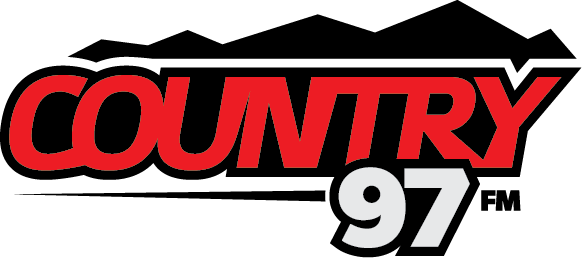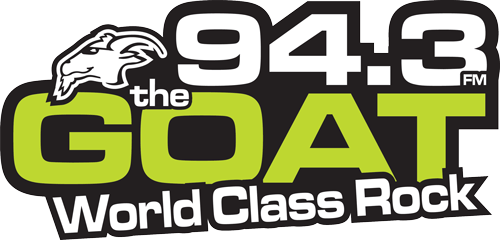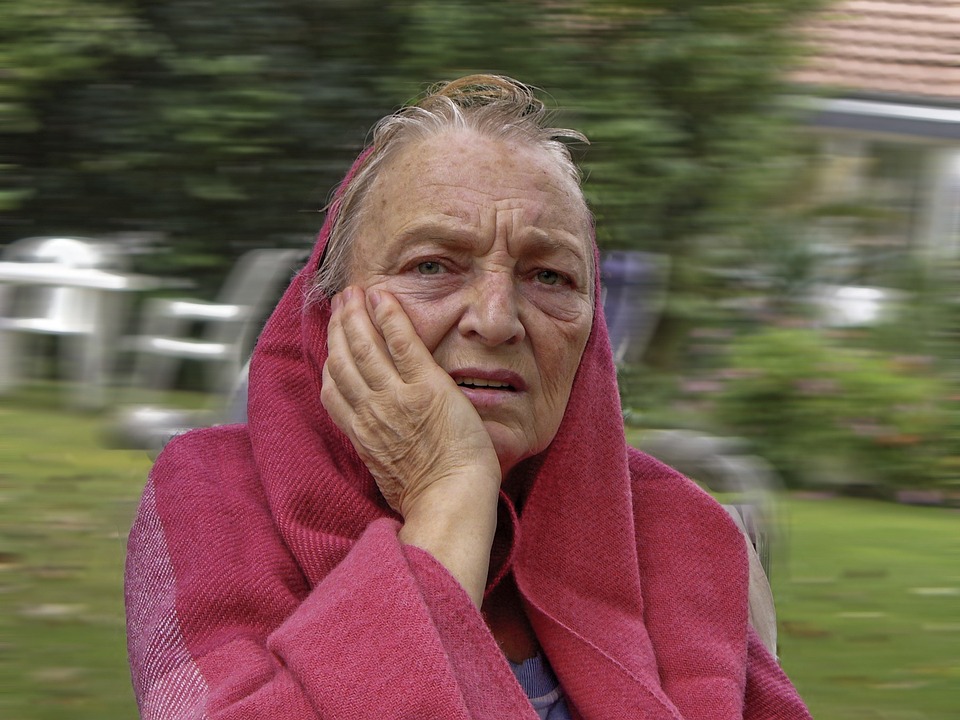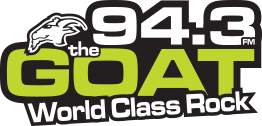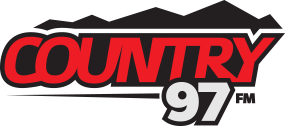Women are impacted more by strokes compared to men.
Heart & Stroke released a 2018 report, saying there are approximately 405,000 people in Canada living with the effects of stroke, 214,000 are women.
Adrienne Bakker, CEO for Heart & Stroke BC and Yukon, says in Northern communities, Indigenous women face more challenges as they recover because of the lack of access to health-care.
“Without a hospital or clinic close by that can administer clot-busting drugs and help women that are being diagnosed with stroke, it would be more of a challenge for those Indigenous women and non-Ingenious women who need access to health-care.”
The cost for rehabilitation also poses a barrier for women, added Bakker.
Canada, your #StrokeMonth Goal – Learn the FAST signs of stroke. pic.twitter.com/WJX5QrIqlp
— Heart & Stroke (@TheHSF) June 1, 2018
“Women may face some economic challenges as it relates to their rehabilitation because often there is a cost for rehabilitation for people after they’ve had a stroke. So, women generally are often lower on the economic scale.”
Bakker says they don’t know all the reason why women are more prone to a stroke compared to men but know a big factor is the different stages in their life, like pregnancy and menopause.
The study also showed one-third of women don’t know the FAST signs when it comes to a stroke.
Face(is it drooping?), Arms(can you raise both?), Speech(is it slurred or jumbled?), Time(to call 9-1-1 right away.)
Something going on in the Prince George area you think people should know about?
Send us a news tip by emailing [email protected].

